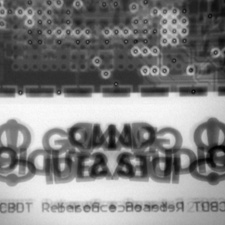Security
An Overview of Hardware-Based Covert Channels
Covert channels are methods of surreptitious data transfer used to communicate with or exfiltrate information from a compromised computer system. They can exist within any layer of the system, including hardware, application software, operating system, or network stack. Typically, covert channels are employed on critical, protected, and/or air-gapped assets that an attacker may not be able to access by conventional means. [ continue ]
Through the Eyes of a Hardware Hacker
Within the electronics lifecycle, there lie weaknesses that can be exploited by those looking to subvert, monitor, manipulate, or intentionally damage your product or service. While embedded security is finally a topic discussed by engineers, it is difficult to properly implement given our need to meet stringent development timeframes, budgetary constraints, and manufacturing requirements. [ continue ]
OpticSpy
The OpticSpy modules provide a platform to explore, evaluate, and experiment with optical data transmissions. They capture, amplify, and convert optical signals into digital form that can be analyzed or decoded with a computer. [ continue ]
PCB Deconstruction Techniques
Printed Circuit Boards (PCBs), used within nearly every electronic product in the world, are physical carriers for electronic components and provide conductive pathways between them. [ continue ]
Every Cloud has a Silver Lining
Security is often overlooked during the design process of electronic devices. “We’ll fix it later,” says the engineer. “It’s not worth the cost until something happens,” says the manager. Poor embedded security practices and a lack of clearly defined security goals increase the risk of a product getting hacked, whether for malicious purposes or bragging rights. [ continue ]


